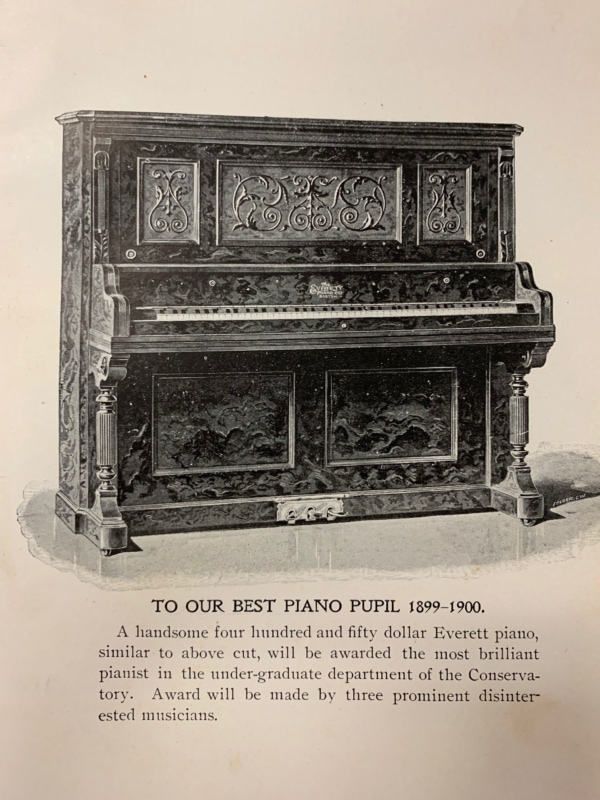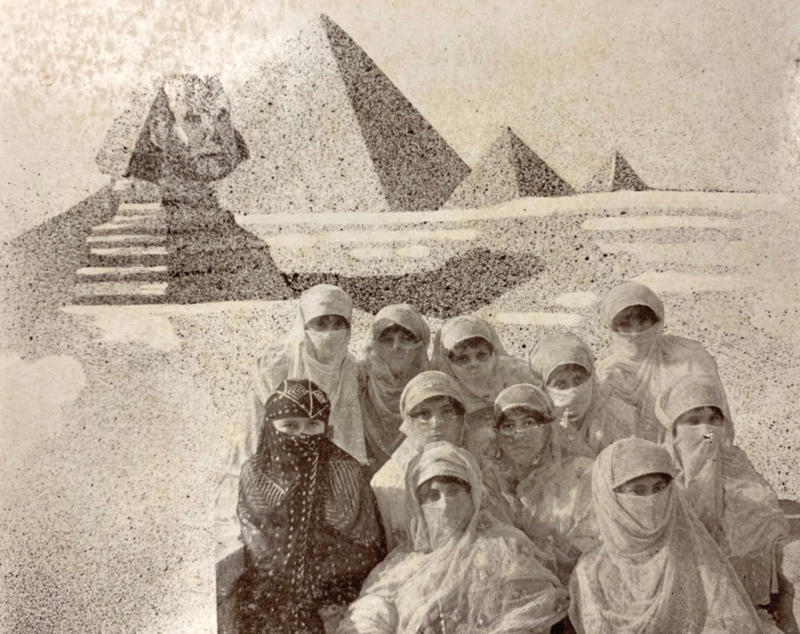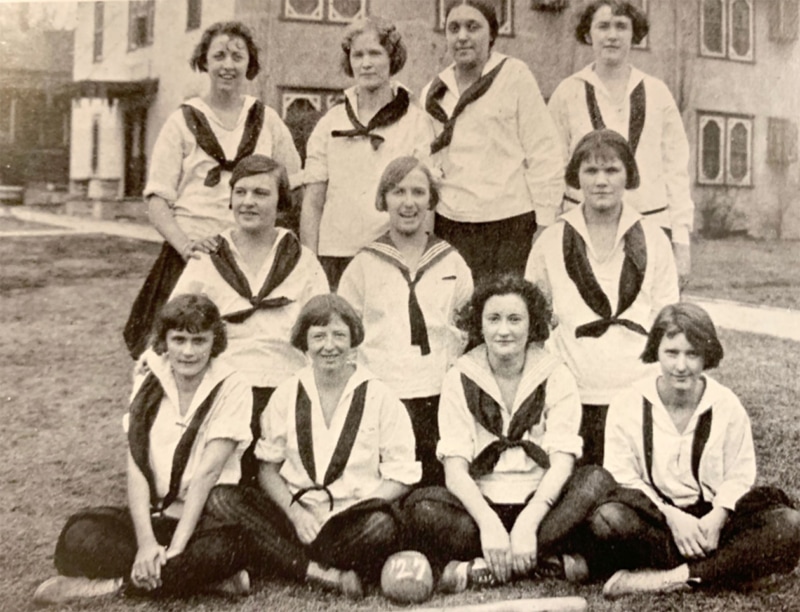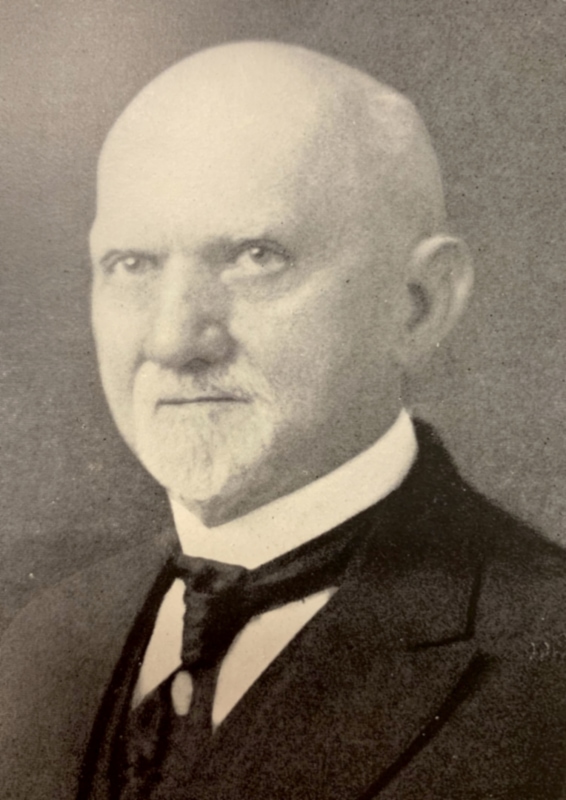Historical Notes

What's in a name?
Though founded in 1878 as the Georgia Baptist Female Seminary, Brenau has never been affiliated with or governed by any religious organization. In 1900, H.J. Pearce purchased the institution and renamed it Brenau, a linguistic blend of the German word brennen (to burn) and the Latin aurum (gold). This is reflected in the university’s motto, As Gold Refined by Fire.
1878-89: Georgia Baptist Female Seminary
1889-99: Georgia Female Seminary and Conservatory of Music
1900-34: Brenau College and Conservatory
1934-92: Brenau College
1992-present: Brenau University
‘Handsome’ pianos and magic lanterns
Georgia Baptist Female Seminary, as institutions of its time did, used colorful language and lists in its literature to entice potential pupils. An 1899 Bulletin boldly declares, “No Southern college is better equipped for giving a thorough and practical scientific course than the Seminary,” and touts a physics lab complete with “a fine Toepler-Holtz electric machine, galvanometer, induction coils, Crookes’ tubes, magic lantern, lenses, mirrors, spectroscope, prisms, siren, sonometer, radiometer, pyrometer” and more. If that wasn’t enough, a “handsome $50 Everett piano” was promised “to the most brilliant pianist in the undergraduate department of the Conservatory.”

Secrets of the past
Over its more than 140 years, Brenau has been home to its share of secret societies — including the extant HGH, or the Horses. A few of these early clandestine clubs included the Skulls, the Stabs, the Mercurites, Koseme, the Jesters, the Lemons, the Poppies, and Terpsichorean. Most societies had their own rituals, songs, flowers, slogans and dress. The Sphinx, for instance, donned mummy-like garb that covered all of their bodies except for their eyes, while the Morpheus Club’s motto was, “I would rather sleep than eat.”
Hello, old sport

Typical schedule
Brenau College Conservatory students followed an arduous academic regimen that, according to a schedule dated Sept. 18, 1908, began with a 4:30 a.m. wake-up followed by breakfast, study and room cleaning before chapel at 9. Standard offerings throughout the day included courses in math, science, history, literature, foreign languages and the arts, along with more unconventional classes like pantomime and dramatic contortions. Time was set aside for gym and even shopping — both great ways to work off a typical lunch of soup, prunes, sardines, stewed apples, beans and sweet potatoes. And, finally, romance was on the clock with “Visiting Love Cases” from 9:30-10 p.m. Then it was lights out at 10:15.
Scientist, soldier, president and inventor
Edward H. Murfee wore many hats before and during his 25-year tenure as head of Brenau’s Natural Sciences Department. While earning bachelor’s and master’s degrees at the University of Alabama, he was a member of the Corps of Cadets that mustered into Confederate service during the Civil War. Later, he held numerous academic roles across the Southeast, including president of the University of Arkansas from 1887-94 before coming to Brenau in 1905. While at Brenau, Murfee invented and patented the differential resonator, an instrument that, according to an undated sales pamphlet, was “designed to detect tones and to ascertain the numbers of vibrations and lengths of sound waves.” Murfee’s 1917 astronomy class placed a compass rose in Brenau’s sunken garden, now Sorority Circle, where it can still be seen today.

From amen to en garde
According to the 1899 Bulletin, courses in the School of Biblical Literature were taught by then-President A.W. Van Hoose and soon-to-be successor H.J. Pearce with the hope “that pupils of the Seminary may be thoroughly grounded in the principles of the Christian religion, and at least acquire broader ideas of life and its responsibilities.” Later, as Brenau moved toward more traditional liberal arts studies, there were also some unusual additions to the curriculum. In the 1919 Bulletin, descriptions for courses in physical education instruction include “advanced Swedish work, bells, wands and clubs,” “fencing and heavy apparatus” and — perhaps the crowning jewel of Brenau academics — “fancy marches and folk dances.”